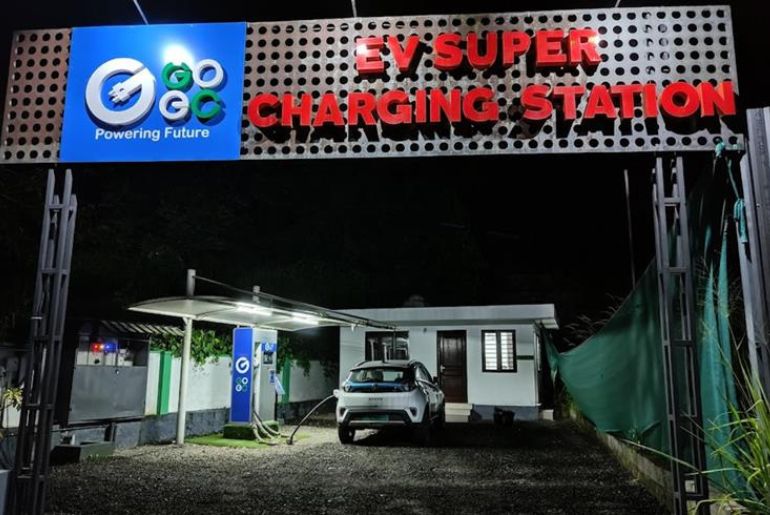According to Hanif Qureshi, Additional Secretary of the Ministry of Heavy Industries, India must immediately develop a well-thought-out policy for strategically boosting the penetration of EV charging stations throughout the nation.
At SIAM’s 4th International Conference on Integrating Mission Life in Automobile Industry: Transitioning to Viksit Bharat, he stated that a rise in charger-to-vehicle density was essential to easing range anxiety and encouraging more and more people to switch to EVs.
In addition, Qureshi underlined the significance of carefully positioning EV charging stations in locations with a high concentration of electric vehicles, asserting that it would be a waste of money to haphazardly establish charging stations around the nation in places where the use of electric vehicles is low.
According to him, the GoaI is presently figuring out how to make the installation of charging stations a profitable venture, comprehending the requirements of the different stakeholders in the charging ecosystem, and estimating the cost of EV charging stations about the profitability of charging point operators. Qureshi says that the most important thing is to carefully consider the next steps in the EV charging process so that investments may be made to boost the charging bandwidth by the forecasts and results of India’s EV success story.
Emphasising the importance of aligning investments in EV charging infrastructure with projected outcomes and quantifiable benefits, Additional Secretary MHI stated, “We are working with the EV ecosystem to make EV charging a profitable business opportunity, which will attract a larger number of charge point operators and charging equipment players to collaborate to lower the cost of EV charging equipment and strengthen the country’s charging networks.”
He pointed out that blindly replicating the charging infrastructure models of the US and Europe may not be feasible for India due to the different industry needs and high numbers of electric two-wheelers and three-wheelers in India.
The new strategy, he added, should accommodate the charging protocols of two-wheelers, three-wheelers, electric trucks and buses as the capacity and voltage of EV batteries vary among the different EV segments.
“We can not have one charger to fit two-wheeler, three-wheeler, or even cars and buses protocols, because they are different, and thus a differentiated charging strategy needs to be developed,” Qureshi stated.
On the charging standards front, he pointed out that India follows the Combined Charging System 2 or CCS 2 charging protocol, but Bureau of Indian Standards has recently announced the arrival of a new charging connector standard for electric two-wheelers and three-wheelers called IS17017, which could emerge as the new common ground for all EV players in the country.
Qureshi also spoke about the wide gap in EV Charger penetration in India as compared to China.
“China has one charger for every 9 electric vehicles, whereas India only has one EV charger for close to 135 EVs.” Additional Secretary MHI, noted.


